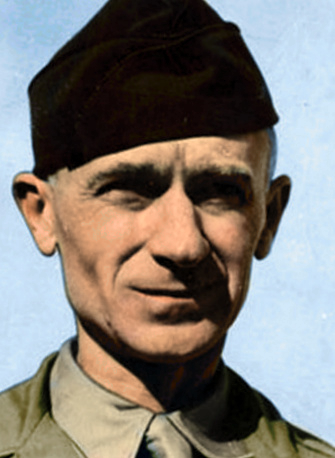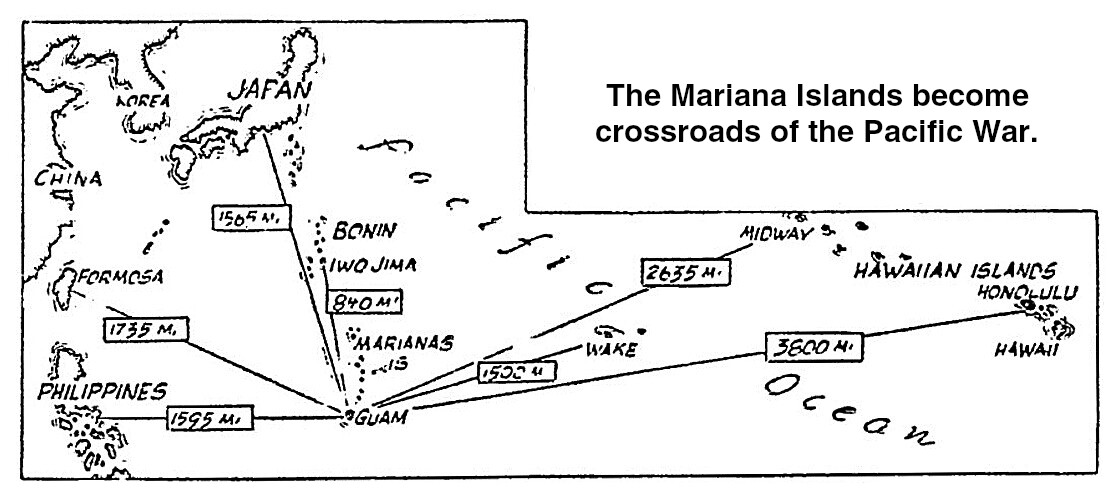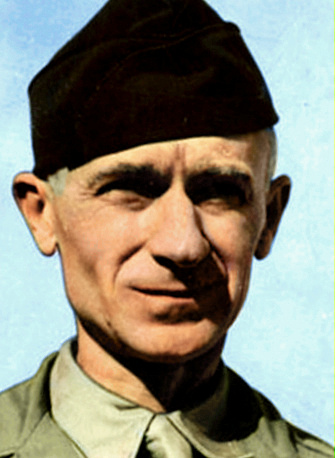The Pittsburgh Press (February 13, 1945)

Roving Reporter
By Ernie Pyle
Ernie Pyle has left San Francisco on an assignment with the Navy in the Pacific. He will remain with the Navy for several months and then go ashore to join the infantry – which is so close to Ernie’s heart – in some phase of the great campaigns now developing in the Pacific.
The following column was written before Ernie left San Francisco. His first direct report on his new assignment is expected in a day or two.
SAN FRANCISCO, California – Some of you old-time readers who’ve hung on faithfully to this column for years, might like to know how some of my personal affairs are getting along, since I’ve always worn all the family intimacies on my sleeve.
Take our little dog for instance – “Cheetah.” When I got home, she was in the midst of a romantic spell, and had a lot of strange men-dogs whom I’ve never met hanging around outside the picket fence.
But the romantic business has passed, and now she’s as quiet and lazy as an old woman. She never barks, never makes any trouble, and is always full of that most gracious of all dog gifts – affection for her masters. The little Shepherd is earning her way too Dog Heaven by perpetual good conduct.
Or take “That Girl,” whom you used to read so much about before the war, and who for all those long years of peacetime traveling, rode beside me.
I haven’t written much about her in recent years, because I haven’t seen much of her. The war has done the same thing to us that it has to millions of others. In the last four years, we have been together only on these little excursion trips to America.
She has kept the hearth in Albuquerque – under difficulties. She is back there now, trying to cope with the prospect of another year alone.
Folks in Indiana
And my folks in Indiana – I visited them twice on this furlough in America, both visits all too short, but better than some.
My father and my Aunt Mary are still on the farm, three miles outside the little town of Dana. They have repapered the house and rearranged the furniture, and they are very comfortable.
My father still limps from his hip fracture of a year ago. And his eyes are very bad now, and he can’t see to read. But he gets around all right, and even drives the car to town now and then. We think he shouldn’t be driving, but every time Aunt Mary mentions that, he goes out and get in the car and drives it to town, so she’s stopped mentioning it.
Dad listens a lot to the radio, and helps with the dishes, and Aunt Mary reads to him at night, and last summer he even helped some with the harvesting when the neighbors were hard up for help. he raises a few chickens. Outside of that, life is without duties or energy for him.
Aunt Mary keeps busy
Aunt Mary is almost 79, and her spirit is boundless. She goes all day long, like a 16-year-old. She cooks the meals, cleans the house, works in the garden, does the washing for two or three families, goes to her club meetings and to church, does things for the neighbors, and never finds time to sit down.
I was amused at a letter that came from her the other day. One of our neighbors, Mrs. Howard Goforth, came down with a violent rheumatism. So, Aunt Mary drove over and put hot cloths on her for several hours, got noontime dinner for the farmhands, did the weekly washing, and then got supper ready for them before she came home for her own evening chores.
Next day a blizzard was on. The ice was so slick she didn’t dare take the car out of the garage. The snow on the roads was two feet deep and it was bitter cold.
So, what did Aunt Mary do? She just bundled up and walked three-quarters of a mile over to Goforths, worked all day, and then walked back in the evening through the snow. She sure doesn’t take after her nephew.

